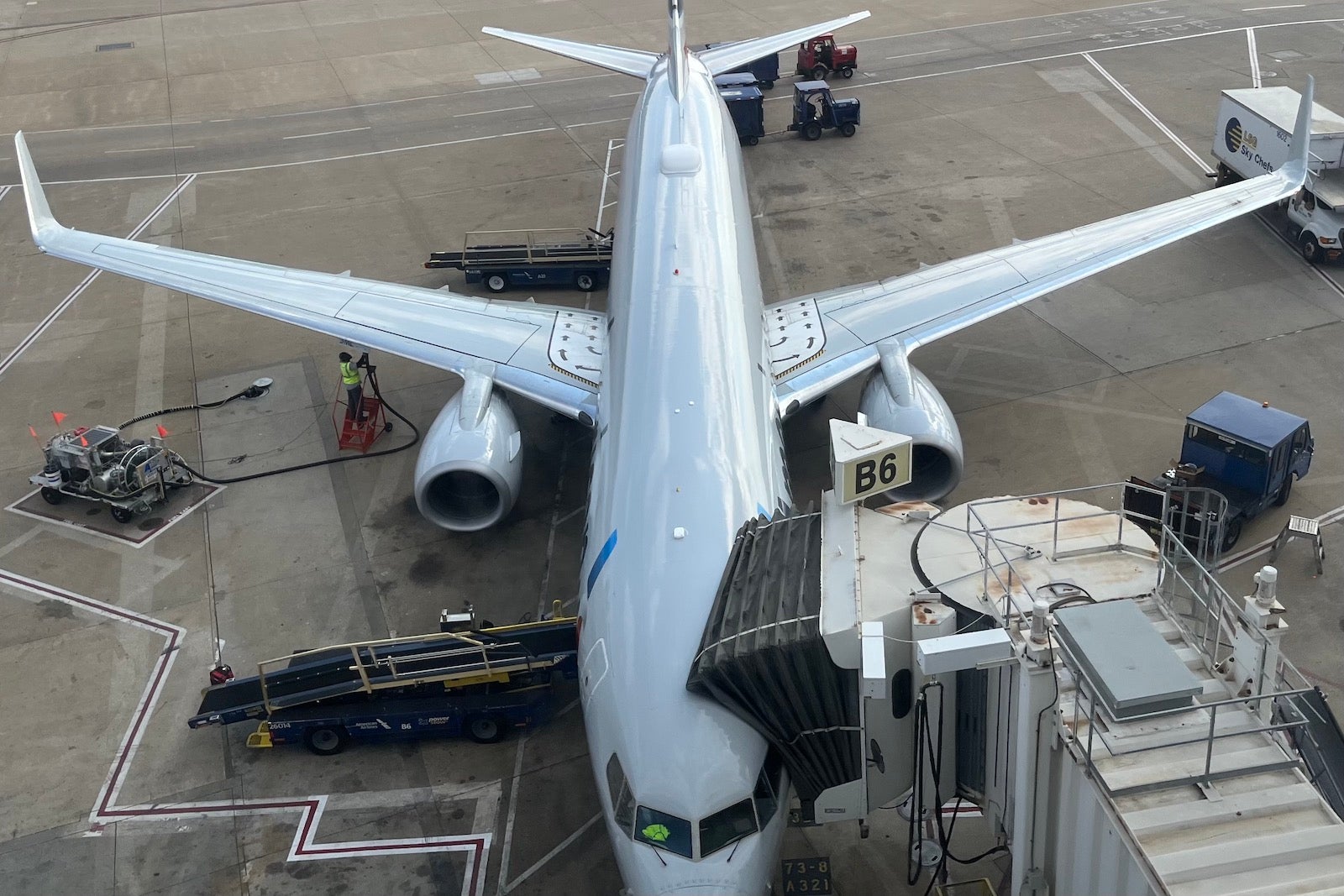You continue to have just a few extra weeks to inform the Federal Aviation Administration (FAA) what you concentrate on the dimensions of airline seats. Already, although, a passenger advocacy group fears the federal authorities received’t take sturdy sufficient motion in the case of plane seating.
In a petition filed this week, the non-profit group FlyerRights, for years an advocate for bigger onboard seats, referred to as on the FAA to set minimal seat dimensions “that accommodate 90 to 92% of the inhabitants.”
The group cited the necessity for passenger security in case of an emergency, in addition to consolation and well being wants as the premise for its requires stricter seat rules.
Join our day by day publication
The 26-page petition for rulemaking “exhaustively proves that half of adults can now not fairly slot in most airline seats,” FlyersRights stated in a press release concerning the petition.
The submitting comes greater than two months into the FAA’s three-month remark interval concerning airline seats, and three years after a federal deadline handed directing the company to problem guidelines on seat dimension.
An FAA spokesperson informed TPG Saturday, the petition by FlyersRights might be thought of underneath the company’s rulemaking course of, which provides the company six months to resolve whether or not to implement the strategies.
Group claims inaction by FAA
Among the many chief issues within the seat dimension petition, FlyerRights claims the FAA has basically ignored a deadline to set minimal requirements for airline seating.
The FAA Reauthorization Act, handed in October 2018, referred to as on the company to each research and take motion in the case of airline seat dimension.
Part 577 of the act stated the FAA ought to problem rules that set up the scale for passenger seats on plane “together with minimums for seat pitch, width, and size.”
The act referred to as for this motion to be taken inside a 12 months of the act’s passage, which might have meant a fall 2019 deadline.
Up to now, the FAA has not set minimal requirements for seating on plane.
Nonetheless, as TPG reported this previous summer season, the company did start a 90-day strategy of gathering feedback concerning minimal seat dimensions. Anybody can weigh in between now and Nov. 1. The feedback may inform future choices by the company about seat dimension.
Considerations over security and luxury
As a part of its submitting this week, FlyersRights acknowledged the necessity for passenger security within the occasion of an evacuation or a case the place passengers should assume a brace place for a crash touchdown.
Nonetheless, the group additionally pointed to the potential for deep vein thrombosis (DVT) in flyers whereas on board, in addition to consolation and intrusion into private house, as issues exacerbated by what they name “shrinking” airline seats.
The standard pitch in economic system class for main U.S. carriers is 30 to 31 inches, with a smaller pitch frequent on some lower-cost airways.
FlyersRights referred to as on the FAA to contemplate these consolation elements when contemplating potential motion on the dimensions of seats. As of now, although, the FAA seems more likely to focus extra closely on security, versus consolation, in setting seat sizes.
The portion of the 2018 reauthorization act targeted on seat dimension famous the company could be answerable for setting minimum-sizing necessities “which are mandatory for the security of passengers.”
Moreover, when the company started gathering feedback about seat dimension this summer season, it famous this request for feedback was concerning “minimal seat dimensions mandatory for the security of air passengers.”
U.S. airways would fairly seemingly oppose any sweeping motion taken by the federal authorities in the case of mandating seat dimension.
Backside line
Years after a federal act referred to as for motion on the difficulty of airline seat dimension, the FAA is having a look on the problem, and you may nonetheless weigh in. Nonetheless, the central focus is on security, not consolation. For that, some air passenger advocates worry any future guidelines is not going to go far sufficient in making flights extra comfy.
Learn extra:
